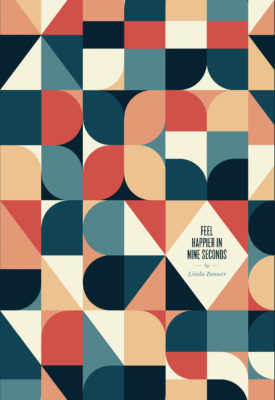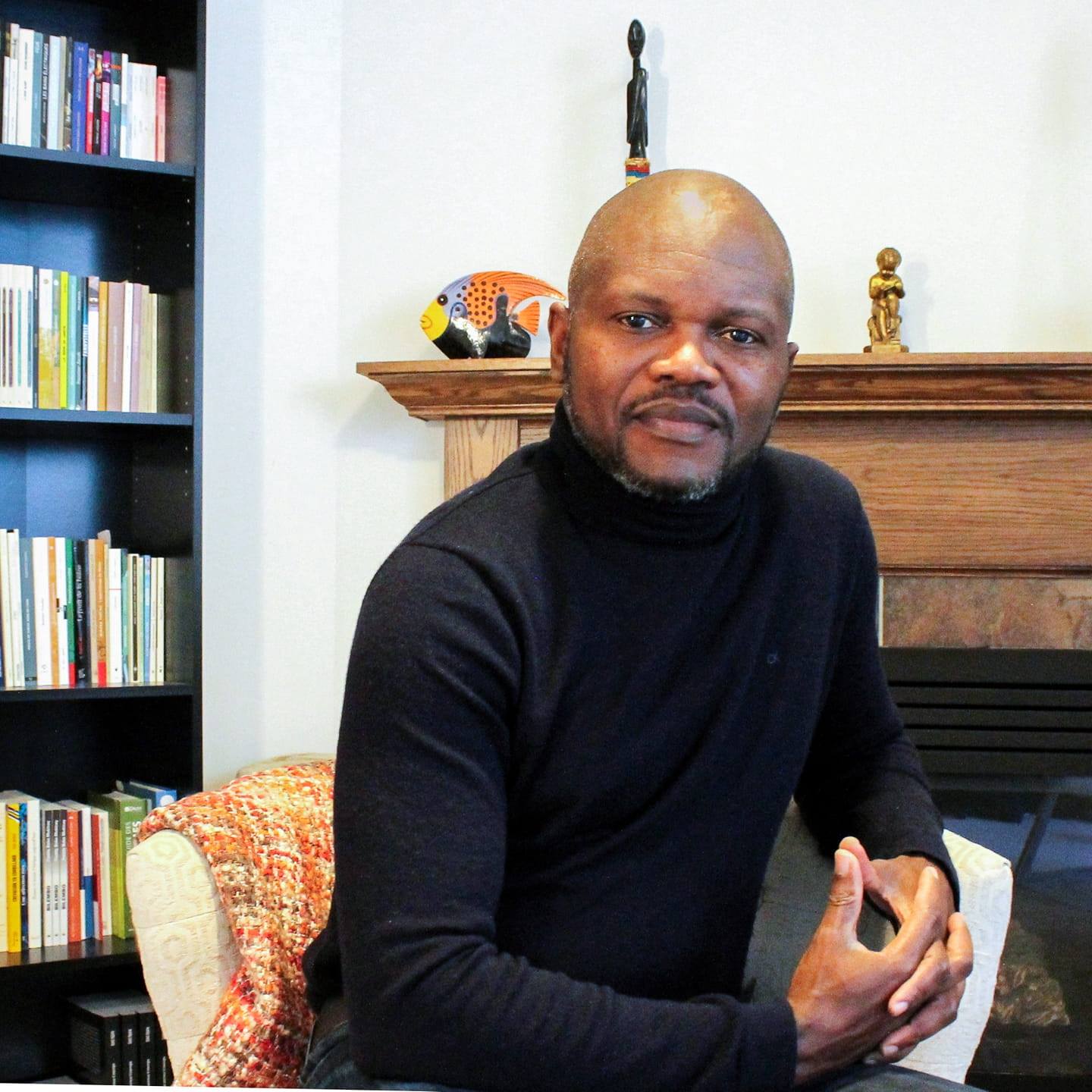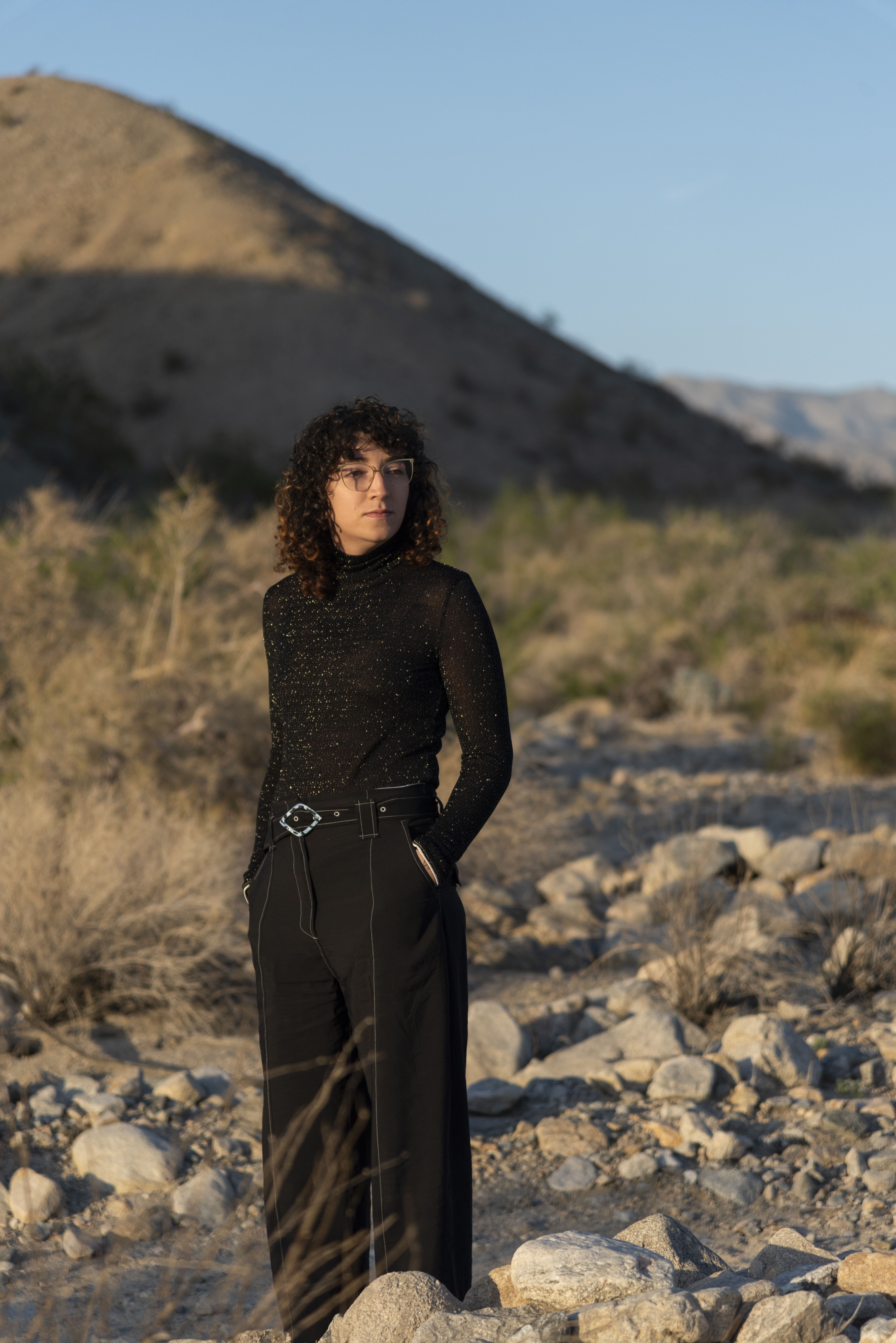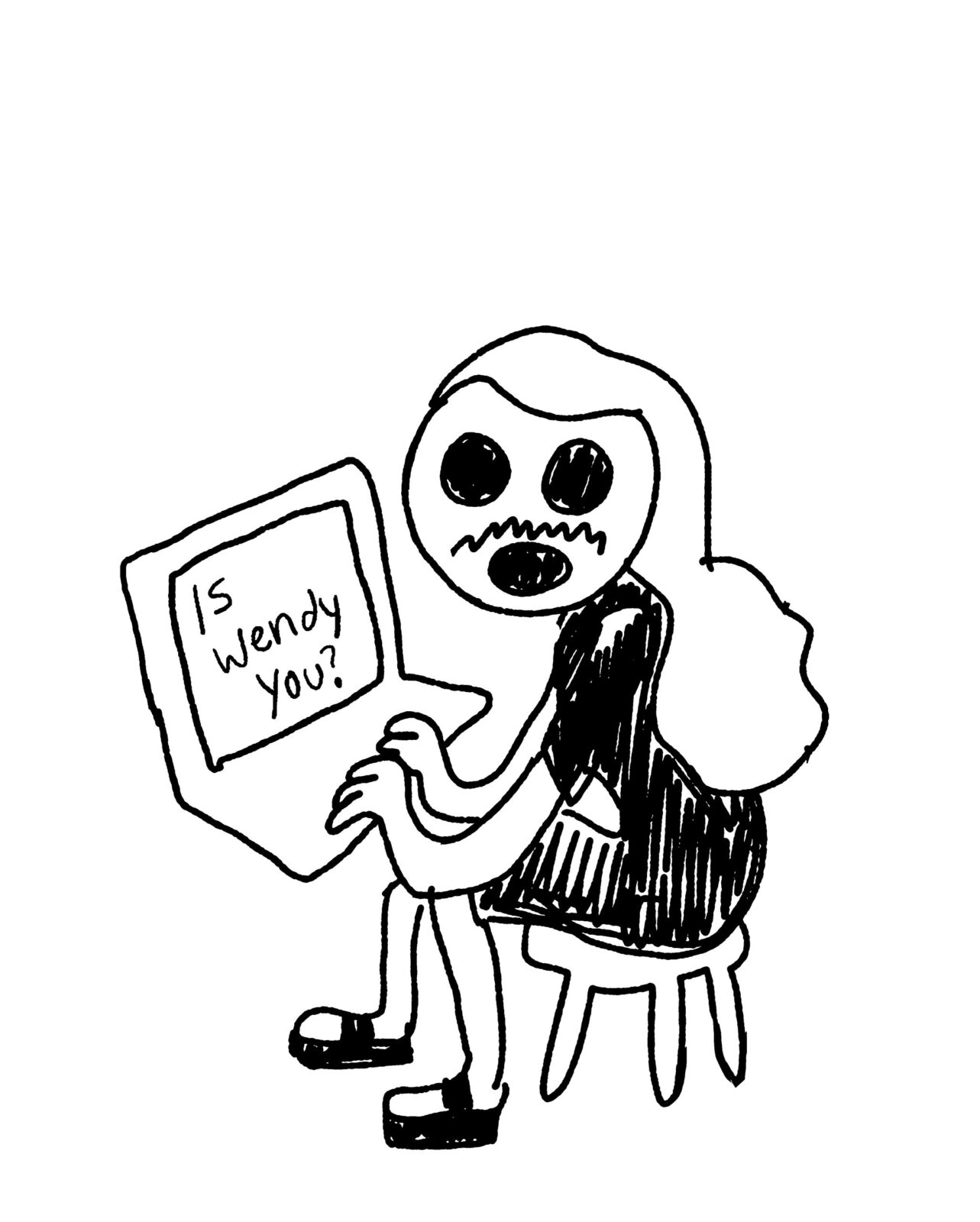Perhaps this is my unique addiction, but poetry infuses me with immediate happiness. When I start a day with coffee and a book of poems, it’s a good day. As I wade through that day towards a routine afternoon slump, poetry energizes; it’s a pick-me-up, a formula that never fails and, as Linda Besner’s second collection of poems suggests, makes me Feel Happier in Nine Seconds.
The book’s title refers to a 2012 article, published in Cosmopolitan, that presumably offered alternative, more mainstream prescriptions for snap contentment. This is a capitalist approach to happiness. As Besner writes in the opening pages:
It’s ruthless, the pursuit
of happiness
…
my happiness digs
diamond mines, slobbersparasol knobs on the Rhine.
Divorced from ethics, happiness as a constant hedonistic pursuit exploits resources, abuses humanity and planet alike, and devolves into a mantra of the bigger, the better. As a measurable asset, happiness could just keep growing:
Eighteen
seconds have elapsed.My happiness is twice your size
…Peak joy is at nine
times nine…

Feel Happier in Nine Seconds
Linda Besner
Coach House Books
$18.95
paper
88pp
9781552453438
Systematically, happiness becomes aligned with being; many of the poems in this collection include a statement from a first-person speaker attempting to define a divergent sense of selfhood: “I am the naked footfall approaching”; “I’m the club soda you spilled through the crack in freedom’s // umbrella.” Within the collection’s tongue-in-cheek, pleasure-seeking context, the eternal existential question, Who am I?, is mirrored in the difficulty of determining contentment: “I don’t know what you mean // by this ‘feeling’ called ‘happiness.’”
If a person were able to discover the route to happiness, would they know who they are? If they knew themselves, would they understand how to be happy? Probably not, but merging these concerns introduces a realism to the pursuit of happiness, absent in the book’s initial, more snide approach. Rather than consuming happiness at all costs, acknowledging the difficulty, or inherent impossibility, of achieving complete and constant bliss adds the weight of life experience to the mix, and a darker, more philosophical edge.
The inconstancy of happiness syncopates the collection, and Besner presents some beautifully poignant expressions of the highs and lows of existence. With her signature style of accumulating dense, often unrelated, poetic images – a foliage of verbiage – it is a joy to chance upon the small instances when “Suddenly, everlasting happiness arrives.” Then, as emotion fluctuates, recedes, and balances out, “Suddenly, well-being departs.” Happiness cherishes the delicate moments of light emotion, and accepts the rival anxieties and tribulations as part of an undulating pattern of being. When Besner addresses her readers to offer a gentle if sensible definition of happiness, a clearing opens in her writing and, for an instant, intimacy and honesty linger:
Friends: boundless delight hovers, approaches, withdraws. Undulates, expects. Whoever’s afflicted, rejoicing; whoever’s desolate, gladdening. Whoever’s enraptured, crushed; whoever’s flushed, extinguished…Friends: demonstrate loving kindness.
It’s still warm out, so I meet Linda Besner for coffee, poetry talk, and a happy afternoon on a terrasse. Besner, who grew up in Quebec and currently resides in Montreal, is part of an active writing group lovingly dubbed the Sweetie Babies Club. Including local poets Jeramy Dodds, Leigh Kotsilidis, Joshua Trotter, and Gabe Foreman, this dedicated group has been meeting on a weekly basis for almost a decade. When I inquire how these strong-minded poets influence one another, Besner recalls: “We were joking about how we would never have someone push a poem in the direction of being more sincere. The tenor of the workshops is very much about making it weirder, making it more surprising.” Although I would never call her writing insincere, there is an uncannily smart edge to Feel Happier in Nine Seconds.
Cycling through some key concerns in the collection, Besner tells me that she’s “attracted to highly ordered things,” so I ask her about the structuring principles behind the collection’s central long poem sequence, “Magnetic Variations on One and Six.” This is a truly exceptional work, not only for the content – which is rich in both narrative thread and evocative imagery – but also for its visual impact. It is printed in full colour on beautiful paper; materially, it is a quality broadsheet within the pages of a book.
The premise is synesthetic. Research shows that the great majority of a target group of synesthetes associate the letters of the alphabet with the same colours, and that those colours correspond to a Fisher Price magnetic alphabet set, where A = red, B = orange, C = yellow, D = green, E = blue, F = purple. This series of six colours repeats throughout the rest of the alphabet. Besner applies this constraint of colour coordination to her writing, using the set of six colours to compose six poems. The first poem highlights a single colour; the second, two; and by the final poem, every word includes the entire rainbow of colours. The mathematical dexterity of this endeavour is breathtaking. Besner explains how, in preparation for writing these poems, she created a document of possible words that complied with the colour constraints, the raw material manipulated into verse. The colour sets “really narrow the vocabulary you can use,” she continues, “and very quickly the syntax becomes constrained too.” Initially, single letter words like a or I can be used within single colour sets, but once words include four to six letters and colours, none of the conjunctions or articles are available. “It really brings you back to subject verb object.”
Besner’s formalism breaks down the writing process to its most elemental fabric. “Often when you’re writing, you’re up in the realm of ideas of what you want to convey, big picture stuff,” she suggests, “whereas working with the smallest units of language gave me almost a creepy feeling, like swimming through the atoms of the universe, what the world is made of: light waves make colour, and now those light frequencies are mapped onto the alphabet.” Redefining the alphabet – the fundamental units of literary composition – as light and colour adds an almost mystical quality to the project. Words refract into prismatic variety. Poetry elongates and expands into rays of light.
Since quoting these poems without colour diminishes the impact, suffice it to say the synesthetic experience transfers. Another study shows that synesthetes often associate the first letter of the name of a colour with that colour: B, for example, would evoke blue, G would insinuate green, and so on. Alliteratively, Besner plays with this study:
The groomsman regretted gauzy undergrads whose negligées he’d never seen.
How green, fresh, and inexperienced. In contrast to texts like Maggie Nelson’s Bluets, or Karissa LaRocque’s poem “Blue,” which employ colour as either concrete, emotional, or allusive poetic content, Besner’s poems seem to exude colour, and not only through the literal colour combinations on the page. Eerily, the reader begins to hear hues: the sharp explosiveness of red, the boggy undulation of green, the expansive liberation of blue. With Feel Happier in Nine Seconds, Linda Besner offers an intricately woven text and a novel approach to a heightened sensual reading experience. mRb







Excellent, thoughtful
review!